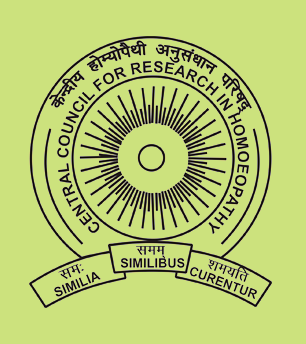Indian Journal of Research in Homoeopathy
Keywords
Aedes albopictus midgut cell line, Arbovirus, Rhus tox 6C
Article Type
Original Article
Abstract
Background and Objectives: In mosquito vectors, dengue virus (DENV) invasion occurs through midgut cells, but available mosquito cell lines for in vitro study of DENV are prepared from eggs or larvae, which are not appropriate models, to study its infectivity. Hence, we developed a new primary cell culture, from Aedes albopictus mosquito midgut, and standardized it for in vitro study of DENV, with an aim to find out any possible role of homoeopathic medicines, in preventing or reducing DENV invasiveness in these midgut cells. This midgut primary cell culture demonstrated prominent cytopathic effects on infection with wild DENV isolated from dengue-infected patients in viremic phase. Materials and Methods: In this paper, we observed the direct effect of homoeopathic medicine Rhus toxicodendron 6C (Rhus tox 6C) (ultra dilution of 10−12 ) on this primary cell culture, to find out significant changes, to be used as baseline data in future experiments to observe possible role of Rhus tox 6C against DENV infection in these cells. Hence, these direct changes may be a prerequisite for the action of this medicine against DENV invasion; as this is one of common repertoire homoeopathic medicines used against dengue fever. Conclusion and Discussion: In our experiments, we found that Rhus tox 6C could increase cell size and help organization of cells on the solid surface as observed under scanning electron microscope although the total number of cells was decreased. Moreover, Rhus tox 6C treated cells were healthier as indicated by less number of deformed, clump, and diploform cells.
Digital Object Identifier
10.4103/0974-7168.194322
Publisher
Wolters Kluwer India Pvt. Ltd.
How to cite this article
Sinha M, Roy E, Das S, et al. An observation on direct changes in Aedes albopictus midgut cells by Rhus tox 6C in relation to dengue virus infection. Indian J Res Homoeopathy 2016;10:258-265. doi: 10.4103/0974-7168.194322



